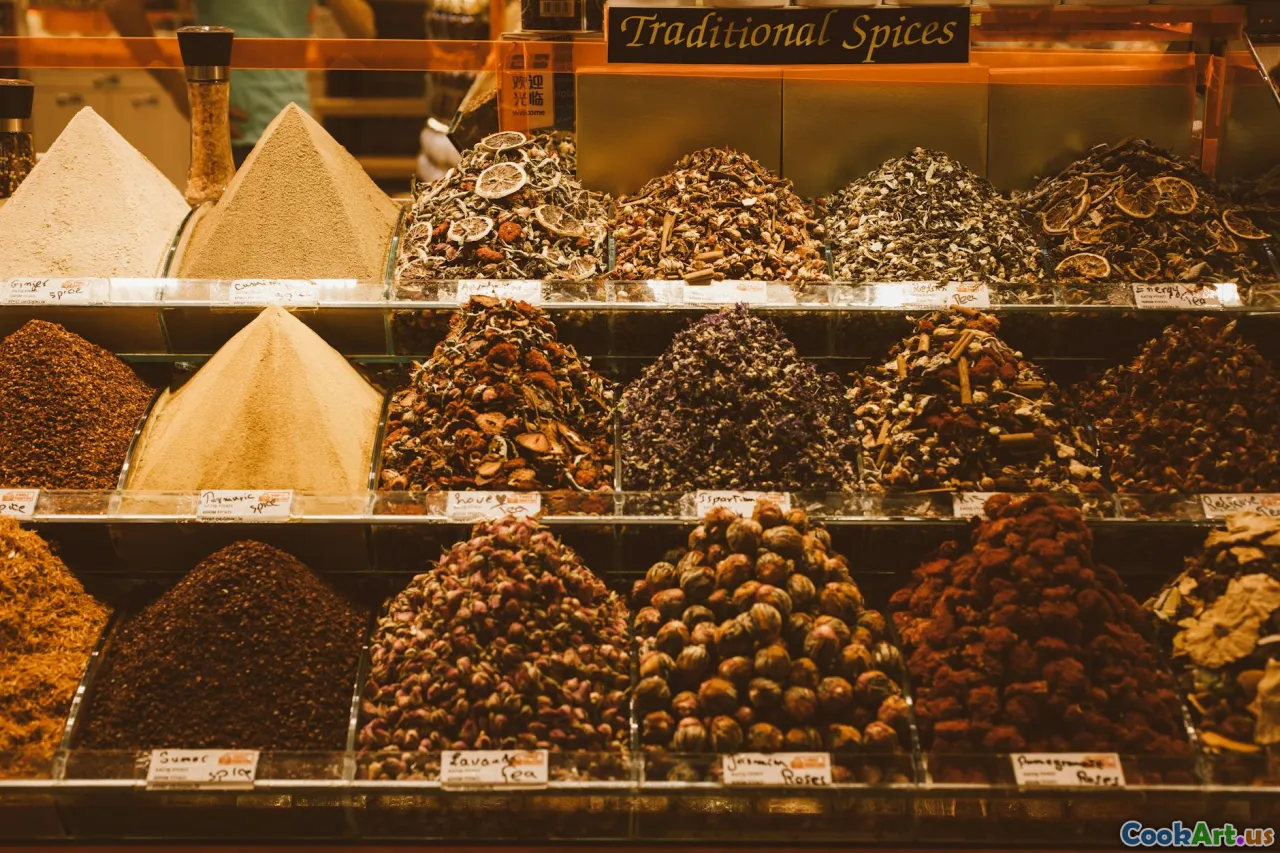Spices of the Earth: Global Influences
5 min read Discover how spices shape culinary traditions across the globe, enhancing flavors and connecting cultures through taste. April 11, 2025 13:45
Spices of the Earth: Global Influences
Spices have been a cornerstone of culinary practices across the globe, serving not only as flavor enhancers but also as agents of cultural exchange and economic growth. This article delves into the fascinating journey of spices and their profound influence on global cuisine.
The Historical Significance of Spices
From the ancient Silk Road to modern trade routes, spices have played a crucial role in shaping economies and societies. The notorious spice trade was not just about culinary endeavors; it was also intertwined with exploration, colonization, and the establishment of trade networks. Spices like pepper, cinnamon, and cloves were so valuable that they often eclipsed the value of gold.
Spices and Cultural Identity
Each culture has its unique spice palette that reflects its history, geography, and available resources. For example, Indian cuisine is renowned for its complex use of spices such as cumin, coriander, and turmeric, each offering distinct flavors and health benefits. In contrast, the Mediterranean palette leans heavily on herbs like oregano, basil, and thyme, which thrive in the region’s climate. This diversity not only enriches the culinary landscape but also serves as a medium for cultural expression.
The Impact of Climate on Spice Flavor
The climate and soil in which spices are grown significantly influence their flavor profiles. For instance, the hot and humid conditions of Kerala, India, produce some of the richest cardamom and black pepper. Conversely, the arid landscape of Morocco is perfect for cultivating saffron, lending its unique sweetness to tagines and couscous. Understanding these regional nuances can enhance a chef’s ability to create authentic and vibrant dishes.
Fusion of Flavors: A Culinary Trend
In today's globalized world, the blending of spices and culinary techniques from different cultures has led to the rise of fusion cuisine. Chefs are increasingly experimenting with unconventional combinations, such as kimchi tacos or curry pizza, which highlight the versatility of spices and the creativity of modern cooking. This trend not only satisfies diverse palates but also pays homage to the rich tapestry of global culinary traditions.
Surprising Facts about Spices
- Preservation Power: Before refrigeration, spices like salt and pepper were essential for preserving food, preventing spoilage and enhancing flavor.
- Medicinal Qualities: Many spices have been used for their medicinal properties for centuries. For example, ginger is known for its anti-inflammatory benefits, while cinnamon can help regulate blood sugar levels.
- Cultural Rituals: Spices often hold cultural significance, featuring prominently in rituals and celebrations, such as the use of saffron in Persian weddings or the blending of spices in traditional Indian weddings.
Conclusion: A World Connected by Flavors
The world of spices is a testament to the interconnectedness of humanity. As we explore and appreciate the diverse flavors that spices bring to our tables, we also celebrate the cultures and histories they represent. By understanding the global influences of spices, we can enhance our culinary experiences and embrace the rich tapestry of flavors that unite us all.









